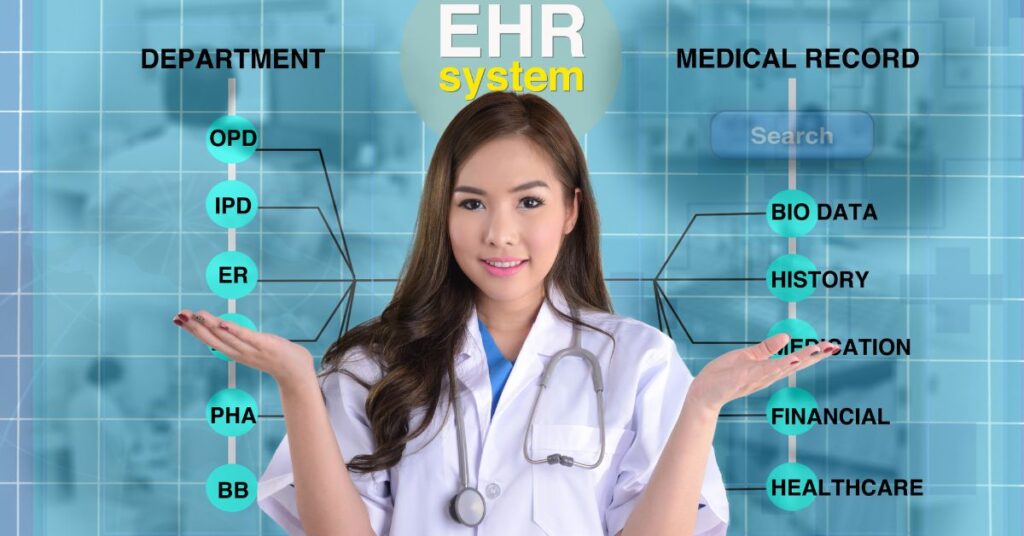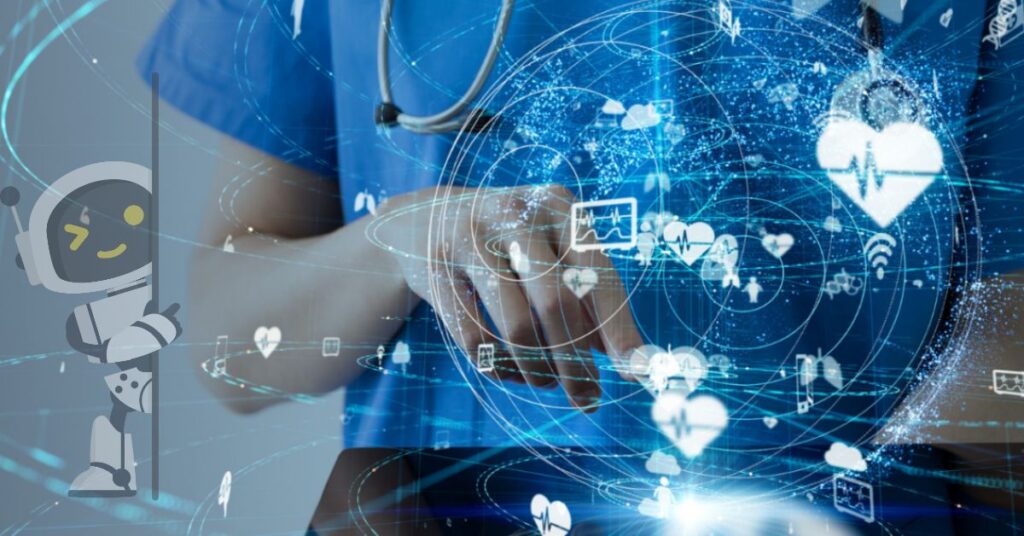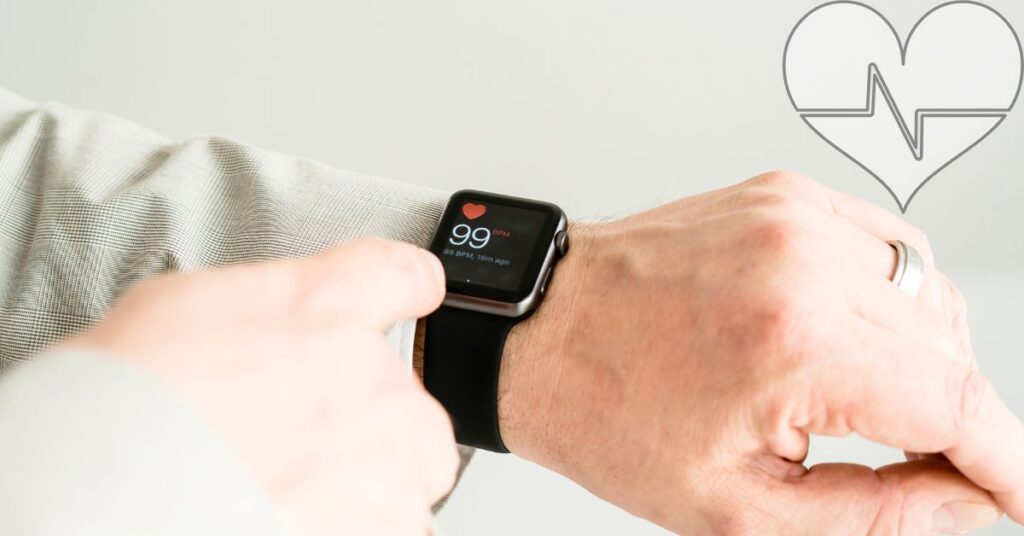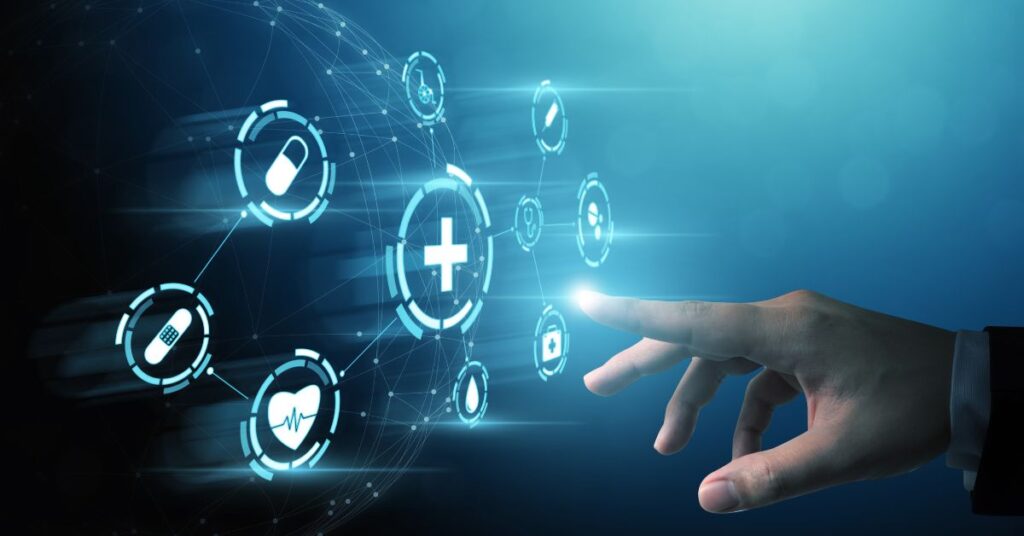The Latest Trends in Nursing Technology in Finland
Introduction
Nursing Technology in Finland
Nursing, a cornerstone of healthcare, has evolved significantly over the years, driven by advancements in technology. In Finland, a country known for its innovative spirit and world-class healthcare system, nursing technology has played a pivotal role in improving patient care, streamlining processes, and enhancing the overall healthcare experience. This article delves into the latest trends in nursing technology in Finland, highlighting how these innovations are shaping the future of healthcare in the country.
Telehealth and Remote Monitoring
Telehealth and remote monitoring have become indispensable in Finland’s nursing care landscape. Patients can now access medical consultations and advice from the comfort of their homes, reducing the need for physical visits to healthcare facilities. Remote monitoring devices enable healthcare providers to keep track of vital signs, chronic conditions, and post-surgery recovery, allowing for timely interventions when necessary. This not only enhances patient convenience but also minimizes the burden on healthcare facilities.
Electronic Health Records (EHR)

The adoption of Electronic Health Records (EHR) has revolutionized healthcare documentation in Finland. These digital records have replaced the traditional paper-based systems, offering numerous advantages. EHRs ensure the secure storage and easy accessibility of patient information, enabling healthcare professionals to collaborate seamlessly. Moreover, they reduce the likelihood of errors associated with handwritten notes and improve data accuracy.
Artificial Intelligence (AI) in Nursing

Artificial Intelligence (AI) is making significant inroads into nursing practices in Finland. Machine learning algorithms analyze extensive datasets to predict disease trends, identify patients at risk, and recommend personalized treatment plans. Nurses and physicians can harness AI-driven tools to make more informed decisions and provide better care. AI also assists in patient monitoring, allowing for early detection of deteriorating health conditions.
Wearable Health Devices

Wearable health devices, such as smartwatches and fitness trackers, have gained widespread popularity among both healthcare providers and patients. These devices empower individuals to monitor their health in real-time and share valuable data with their healthcare providers. Patients can track their physical activity, heart rate, sleep patterns, and more, leading to proactive healthcare management. This trend promotes patient engagement and encourages a healthier lifestyle.
Robotics in Healthcare
Robotics technology is transforming nursing practices in Finland. Robots are now assisting nurses in various tasks, including medication administration, patient lifting, and even surgery. These automated systems are designed to handle repetitive and physically demanding duties, allowing nurses to allocate more time to tasks that require human empathy and critical thinking. Robotics not only improves efficiency but also reduces the risk of workplace injuries among healthcare professionals.
Telemedicine in Rural Areas

Finland’s vast geography includes remote and sparsely populated regions where accessing healthcare can be challenging. Telemedicine bridges this gap by facilitating virtual consultations and diagnostics. Video conferencing and remote diagnostic tools enable patients in remote areas to receive the same quality of care as those in urban centers. This trend promotes healthcare equity and ensures that all Finnish citizens, regardless of their location, can access medical expertise.
Virtual Reality (VR) in Nursing Education
Virtual Reality (VR) is revolutionizing nursing education in Finland. Students can now immerse themselves in realistic healthcare scenarios, providing valuable hands-on experience without risking patient safety. VR simulations enhance clinical skills, decision-making abilities, and confidence among nursing students. This innovative approach to education prepares future nurses for the challenges of modern healthcare.
Blockchain for Secure Health Data

Blockchain technology is ensuring the security and integrity of health records in Finland. Patients have greater control over their health data, and healthcare providers can access accurate and tamper-proof information. This transparency and security in data management enhance patient trust and contribute to better healthcare outcomes.
Patient Engagement Apps
Mobile apps designed to engage patients actively in their healthcare journey are gaining popularity in Finland. These apps offer a plethora of features, including educational resources, appointment reminders, and tools for monitoring and managing chronic conditions. By providing patients with accessible and convenient tools, healthcare providers are fostering a more collaborative approach to care.
Data Analytics for Improved Patient Care

Data analytics platforms are being employed to analyze patient data comprehensively. These systems identify trends, treatment opportunities, and potential issues in real-time. By leveraging data-driven insights, healthcare professionals can make informed decisions, reduce healthcare costs, and enhance the quality of care delivered to patients.
Telepsychiatry
Mental health support in Finland has greatly expanded through telepsychiatry services. Patients can now access psychiatric consultations remotely, reducing stigma associated with mental health issues. This approach ensures that individuals receive timely and accessible mental healthcare, addressing a critical aspect of overall well-being.
3D Printing in Prosthetics and Orthotics
Innovations in 3D printing technology have paved the way for customized prosthetics and orthotics in Finland. Patients benefit from more comfortable and precise devices that enhance their mobility and quality of life. The ability to tailor these devices to individual needs represents a significant leap in patient-centric care.
Smart Hospitals

Smart hospitals in Finland are embracing the Internet of Things (IoT) and automation to enhance efficiency and patient experience. Features such as automated check-ins, patient tracking systems, and personalized care plans streamline operations and improve the overall patient journey. These smart technologies create a hospital environment that is both patient-centered and technologically advanced.
Conclusion
The healthcare landscape in Finland is continuously evolving, thanks to the integration of cutting-edge nursing technology. These innovations are driven by a commitment to improving patient outcomes, increasing operational efficiency, and enhancing the overall healthcare experience. Finland’s dedication to healthcare innovation ensures that it remains at the forefront of global healthcare advancements.
Frequently Asked Questions
Are these nursing technology trends unique to Finland?
- While some trends are global, Finland’s proactive approach and commitment to innovation have accelerated their adoption in the country.
How do wearable health devices benefit patients?
- Wearable devices empower patients to monitor their health in real-time, leading to proactive healthcare management and a healthier lifestyle.
What is the role of AI in nursing?
- AI assists nurses in diagnosing, monitoring, and providing personalized treatment plans for patients, ultimately improving patient care.
How does telemedicine benefit rural areas in Finland?
- Telemedicine ensures that residents in remote areas have access to quality healthcare through virtual consultations and diagnostics, promoting healthcare equity.
What are the key advantages of using blockchain in healthcare?
- Blockchain technology enhances the security and integrity of health records, giving patients control over their data while ensuring it cannot be tampered with.

